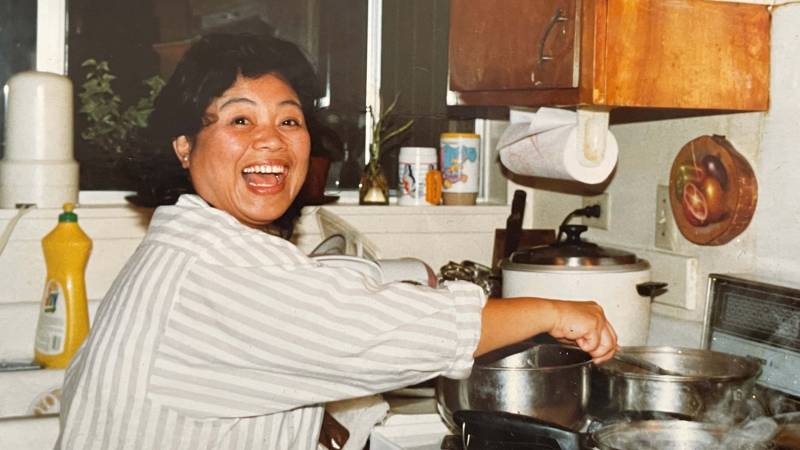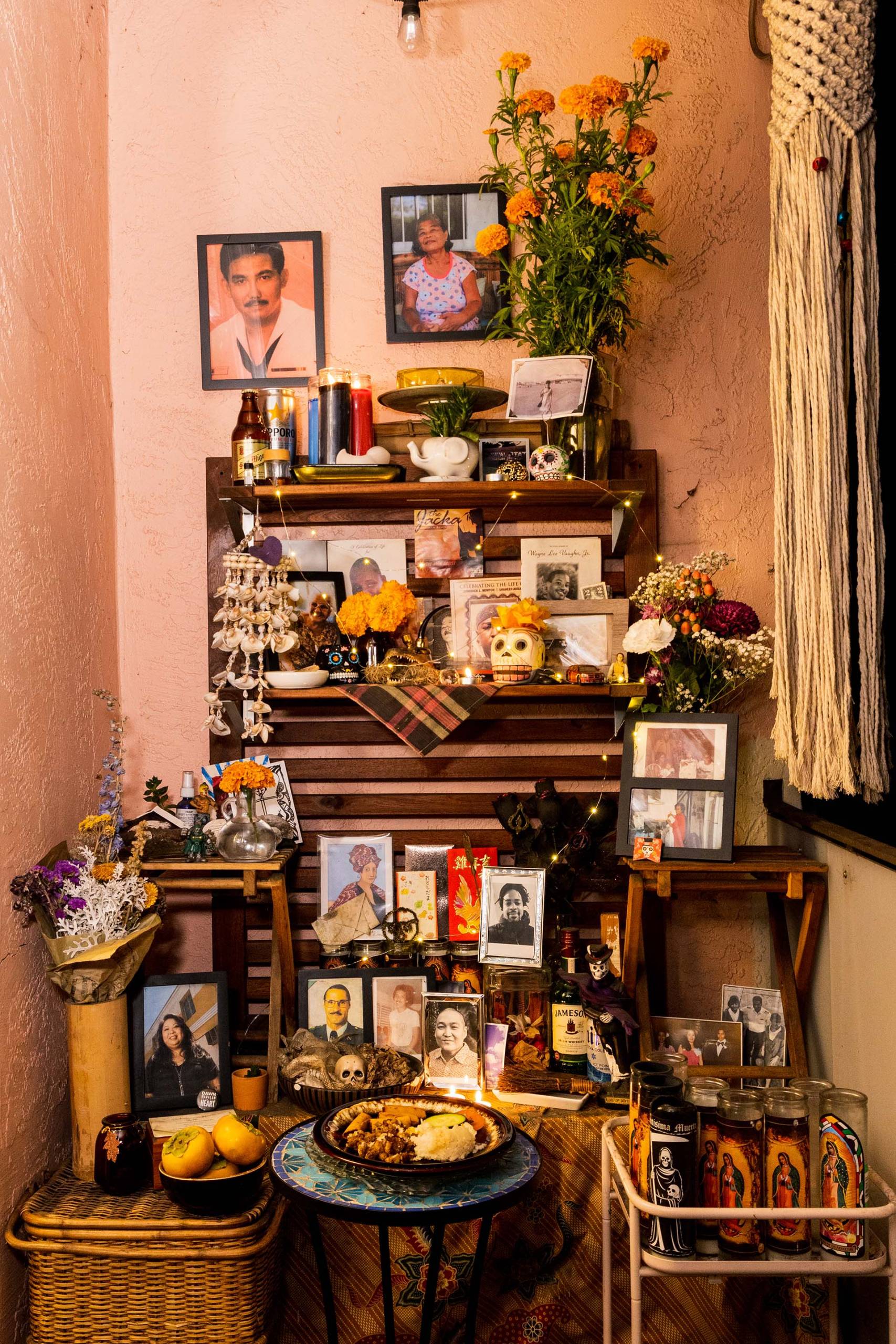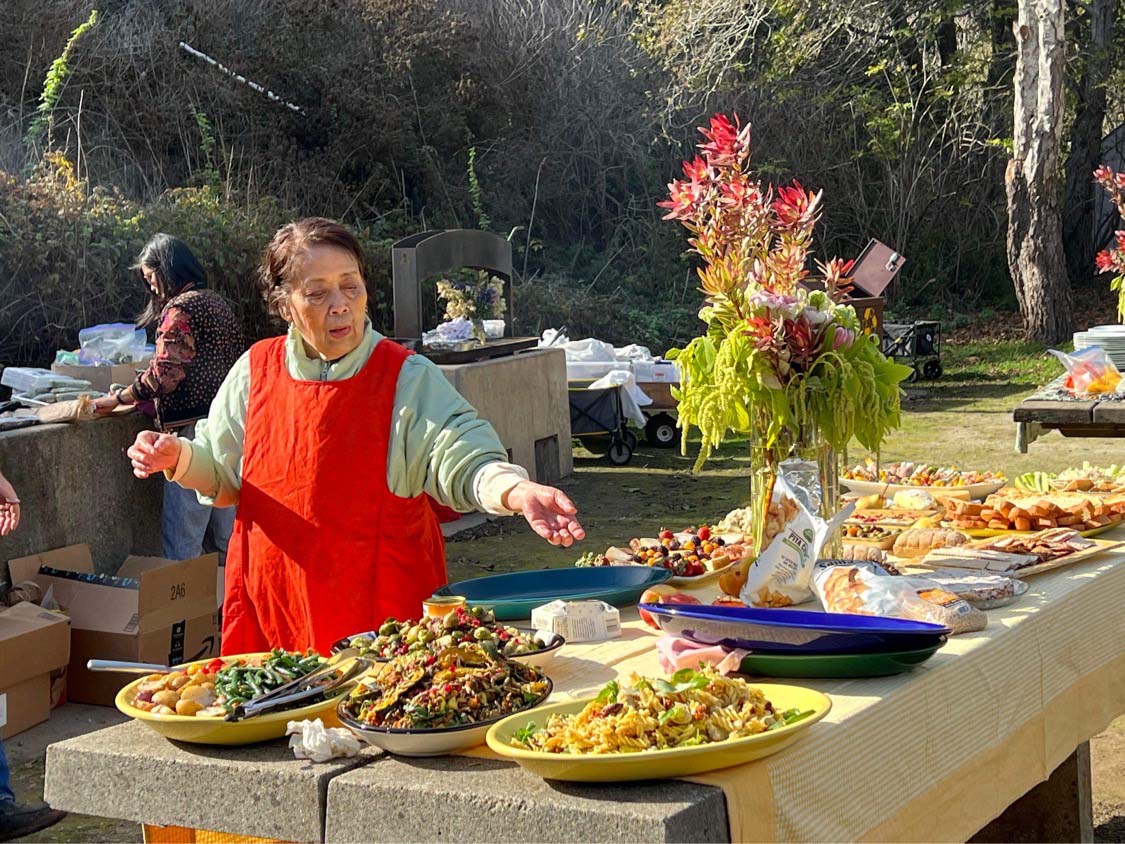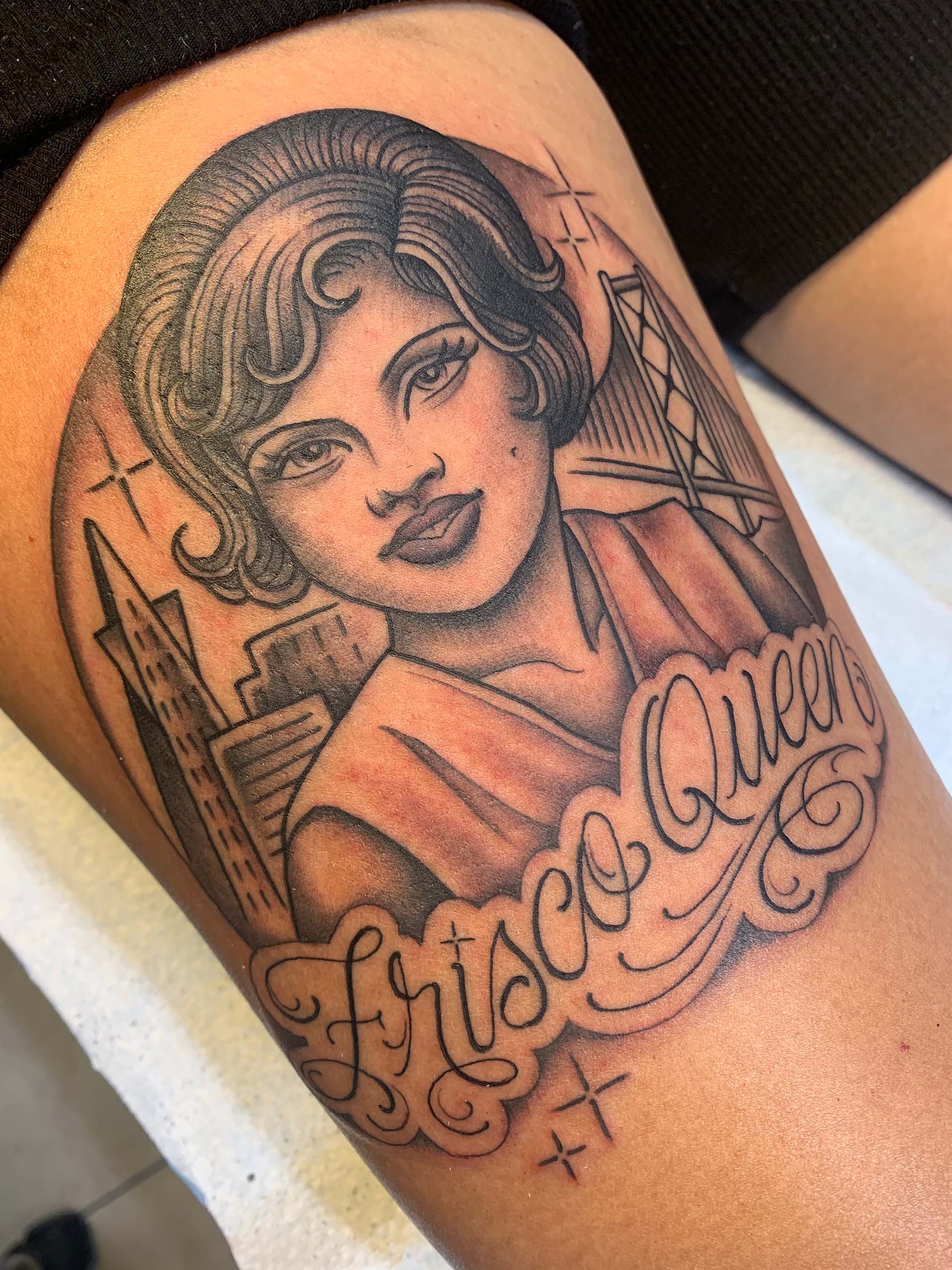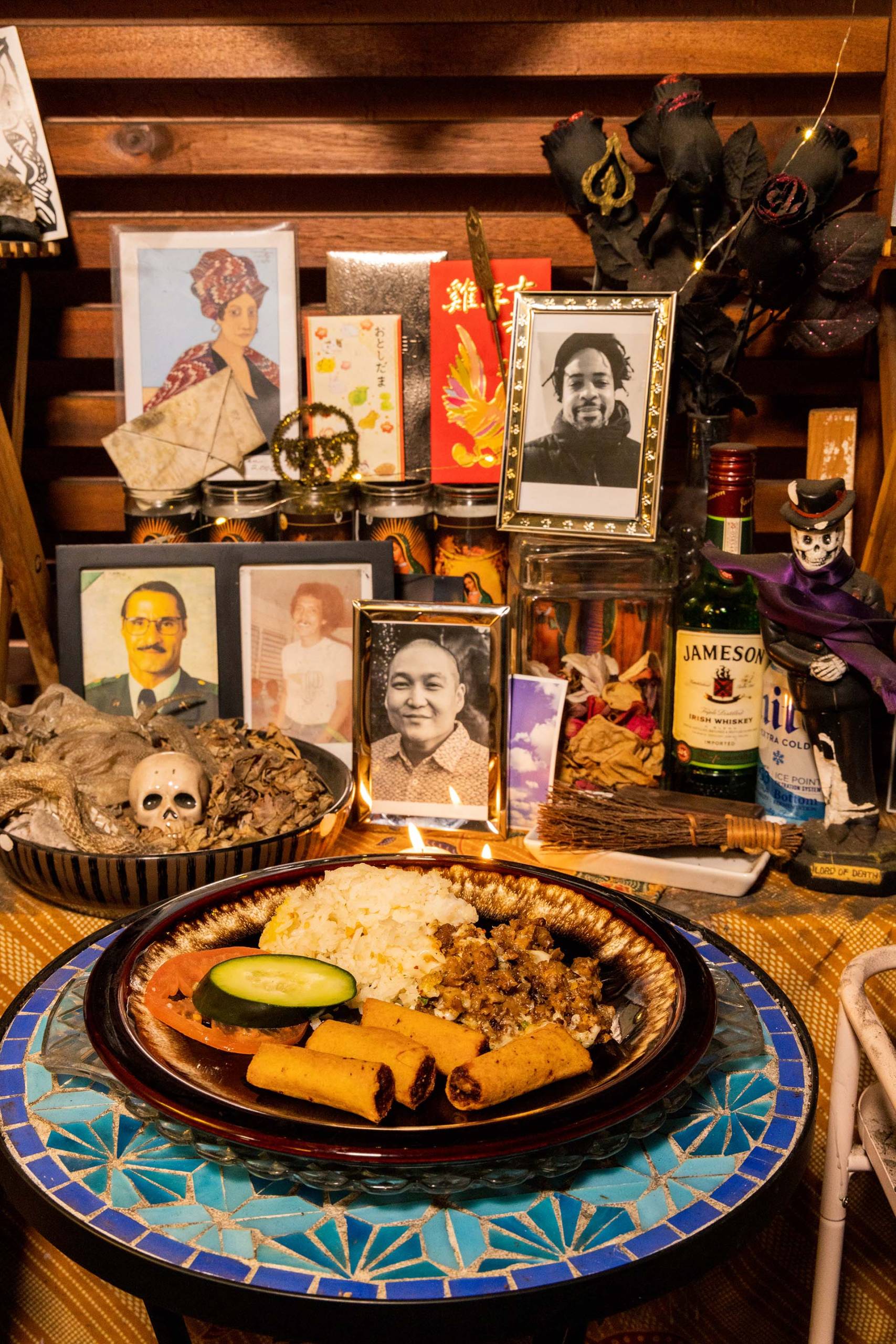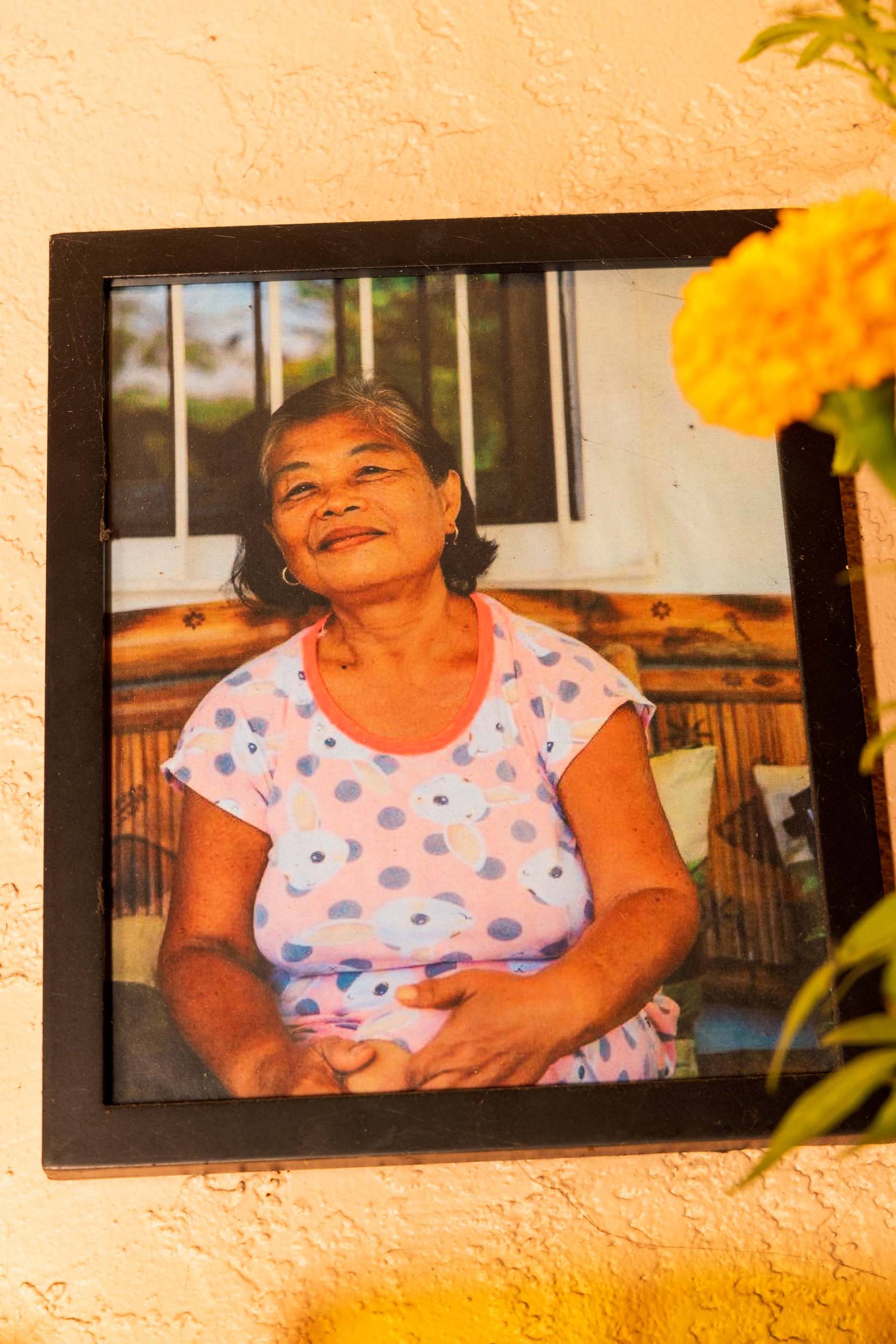Frisco Foodies is a recurring column in which a San Francisco local shares food memories of growing up in a now rapidly changing city.
W
hen I lost my mom in May of 2020, two months after lockdown, I couldn’t mourn in a normal way. Instead of hugs and in-person condolences, I received pings on my Venmo account from all my cousins telling me to order takeout instead of cooking. Not that I could have. I could barely stand up in the shower. The grief was so heavy amidst the isolation of shelter in place that all I can remember was the silence — and the occasional knock on the door for a flower shop delivery or a Caviar order.
I found a Filipino restaurant in Oakland called Tipunan that delivered beef rib sinigang soup with the perfect amount of tamarind sourness and crispy pork belly karé karé, with its golden, peanut butter-based sauce and side of fermented shrimp paste to cut through the fat. Of all the condolences sent, this one felt the most appropriate. After all, I had learned to taste food through my mother’s hands when she subu’d me as a baby and, later, through the cultural sensibilities I inherited from being born in the Philippines — acquiring a palate for things like ampalaya (bitter melon) and burong mustasa (fermented mustard greens).
I grew up quite literally in the middle of the Bay on Treasure Island Naval Base, but my mother was the true bridge between two cities, two hemispheres and two cultures.
She was also the one who taught me to be a foodie. I remember how my mom would fix plates of Filipino-style spaghetti for the construction workers working on our building, and how she’d take me to Pier 39 to eat Dungeness crab and clam chowder with oyster crackers, a cacophony of sea lions nearby. I remember perusing Japantown with her after her massage appointments, sipping toasted rice tea and eating green tea ice cream at Kintetsu Mall. I remember how she brought home sugarcane from the Alemany farmers market. My sisters and I would crunch down and suck up the sweet juice before spitting out the stalk like some kid version of chewing tobacco.
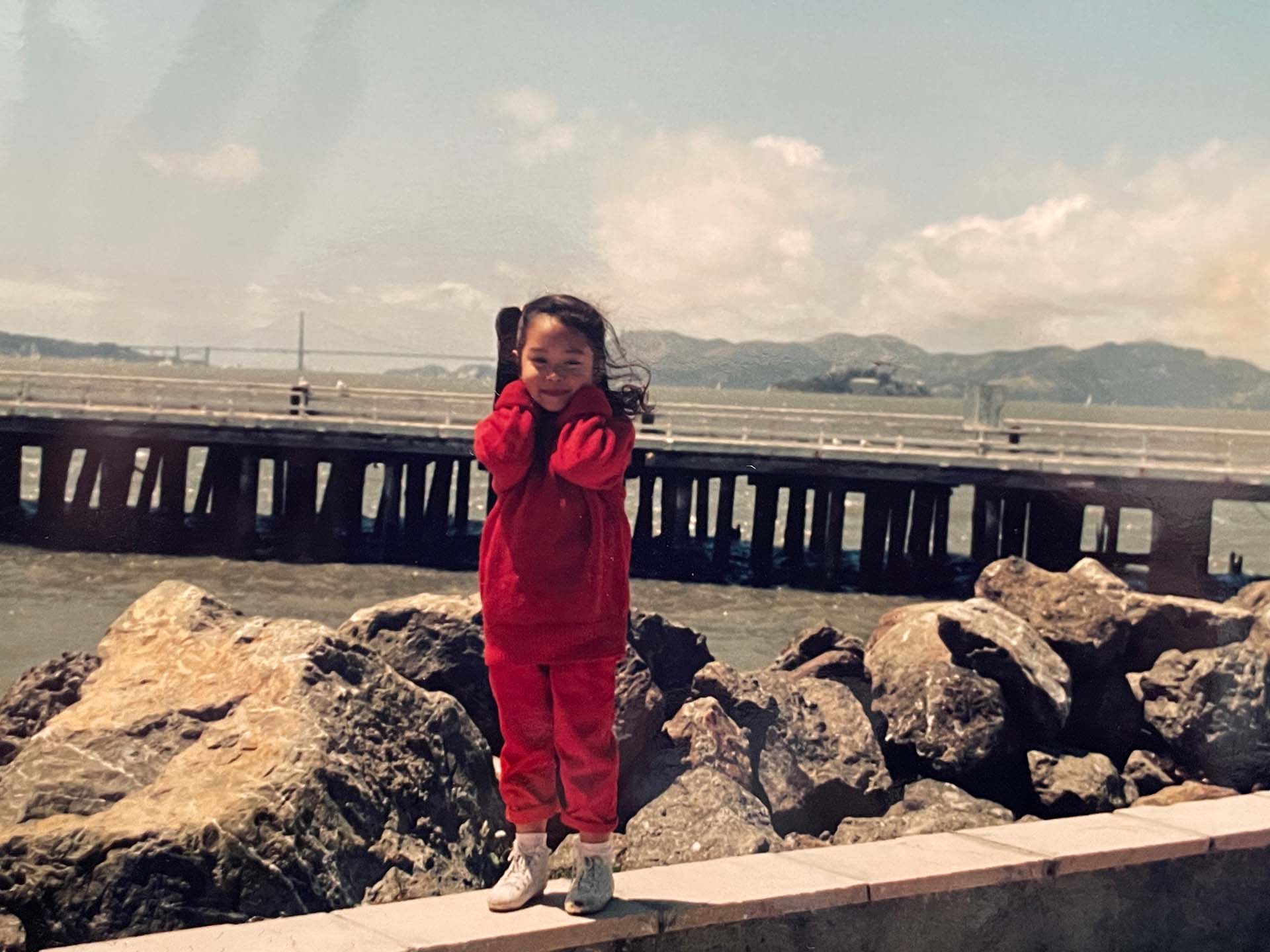
The eldest of ten siblings, my mom always woke up at dawn to cook breakfast, most likely silog-style: vinegar-marinated milkfish or salted dried fish with rice and a side of fresh tomato, mango and onion. She’d go back to sleep while everyone else ate. She taught me my native language, Kapampangan, and told me that our people were the best chefs in the Philippines. She even used to brag about raising me a vegetarian — after all, we had access to canned veg-meat in our hometown years before it hit the American mainstream. (These days it would be more accurate to call us flexitarians. We Filipinos have a hard time parting with meat entirely.)
